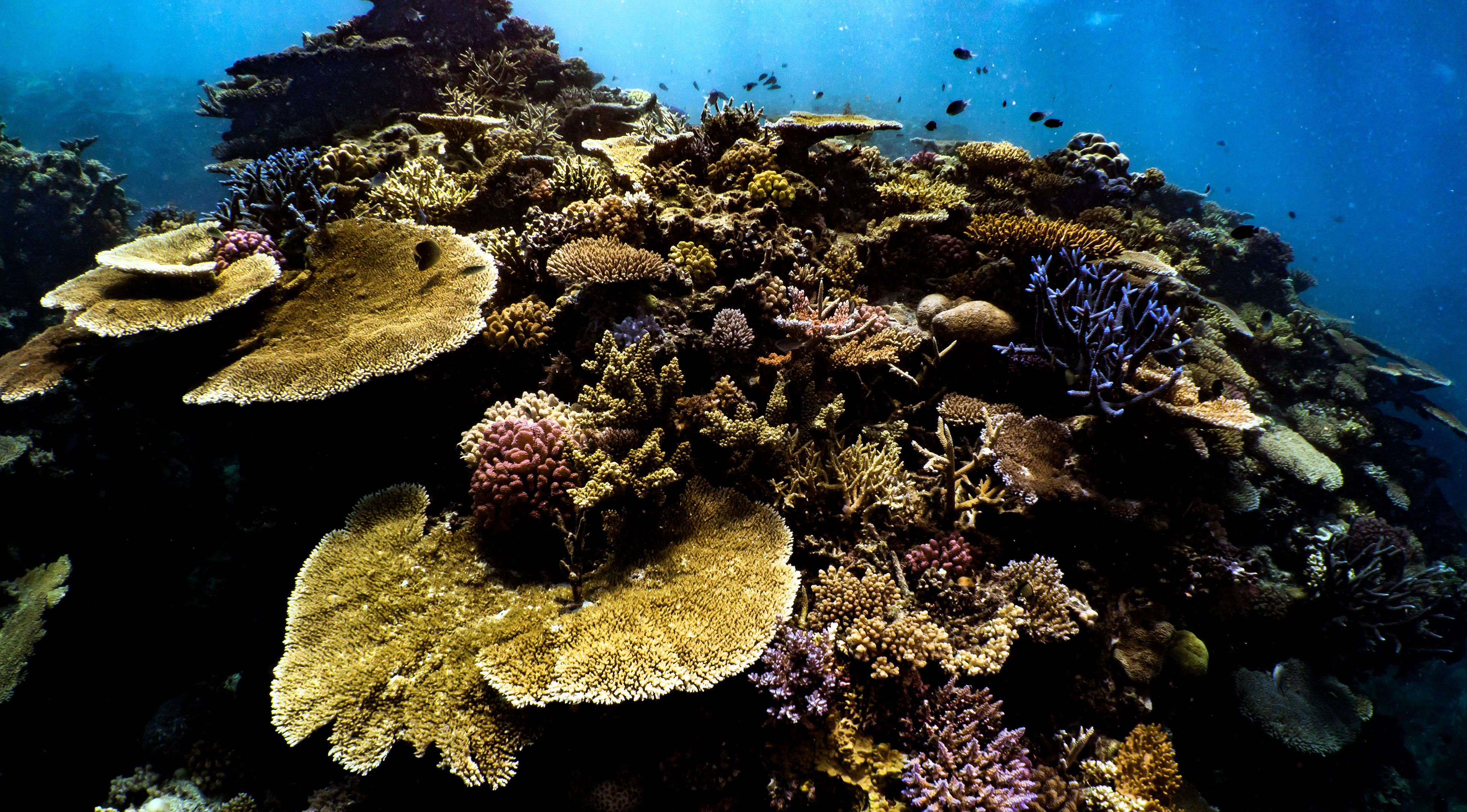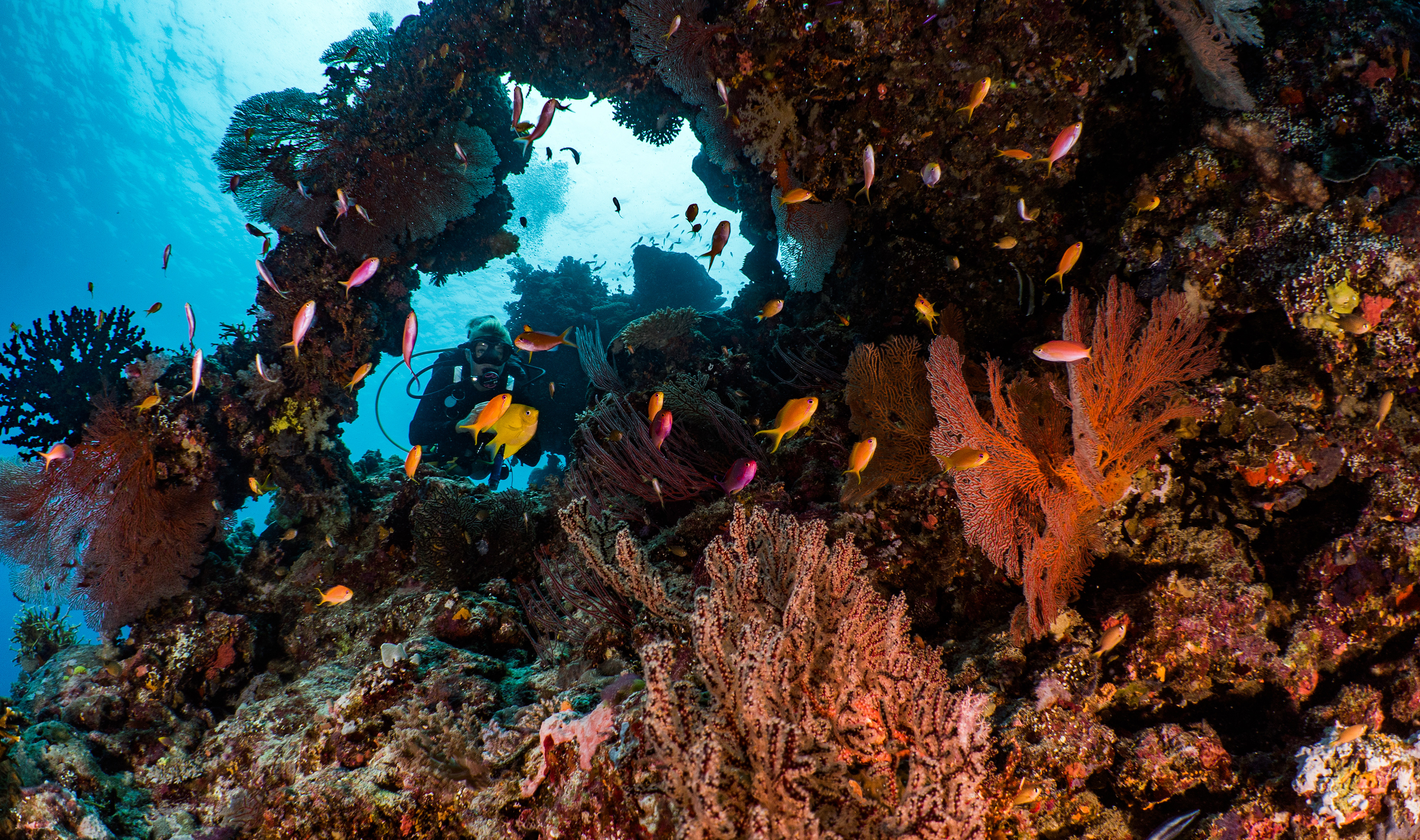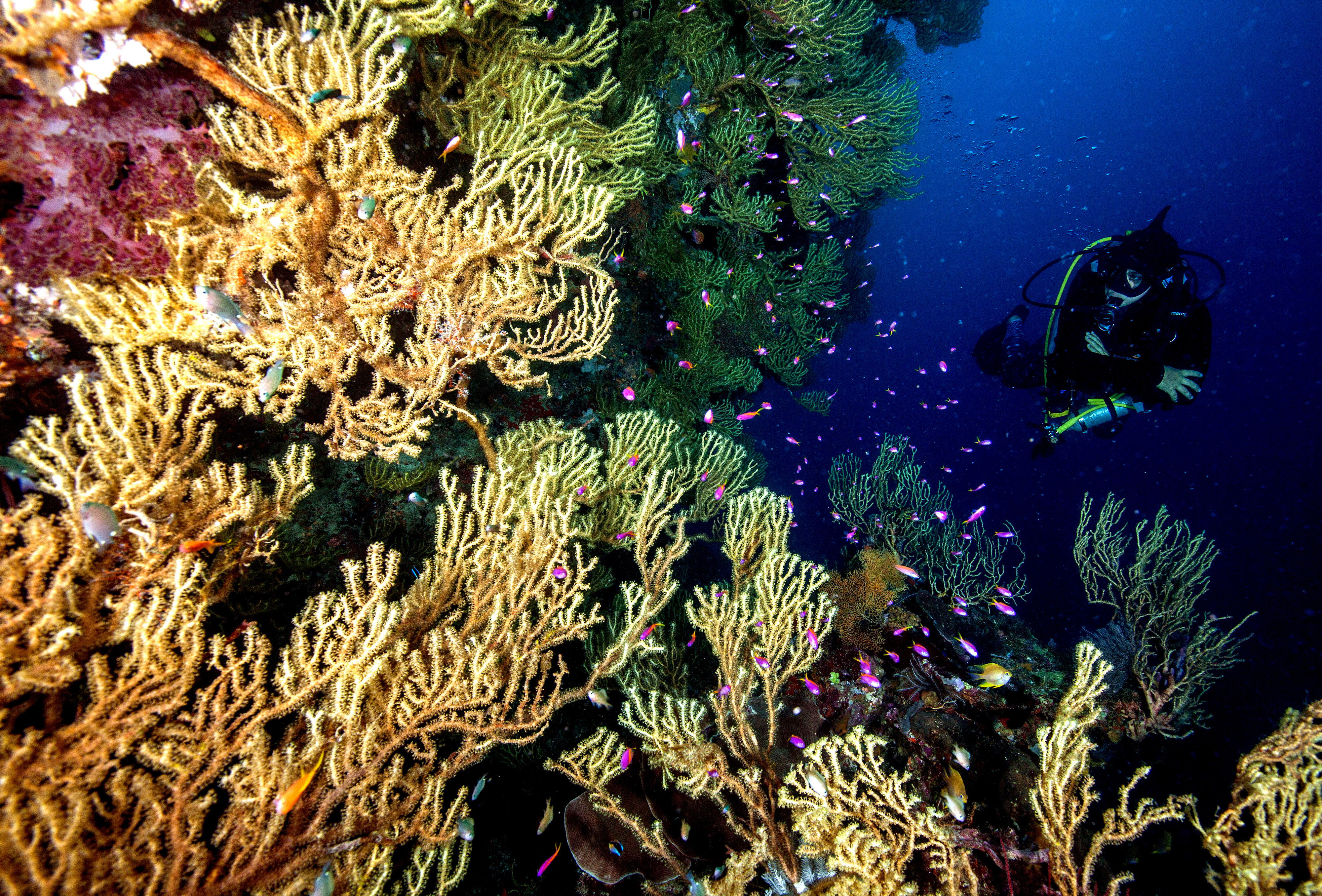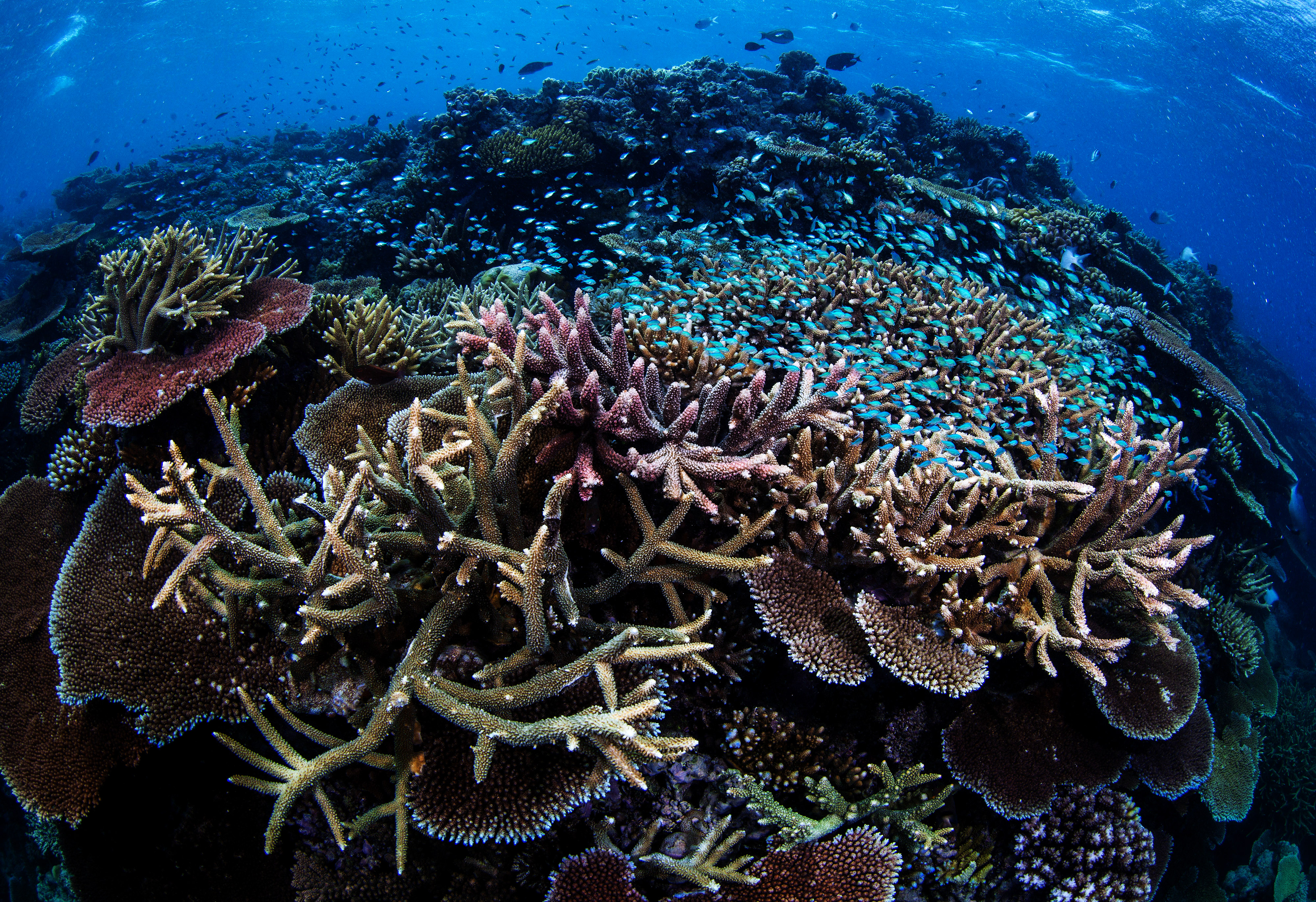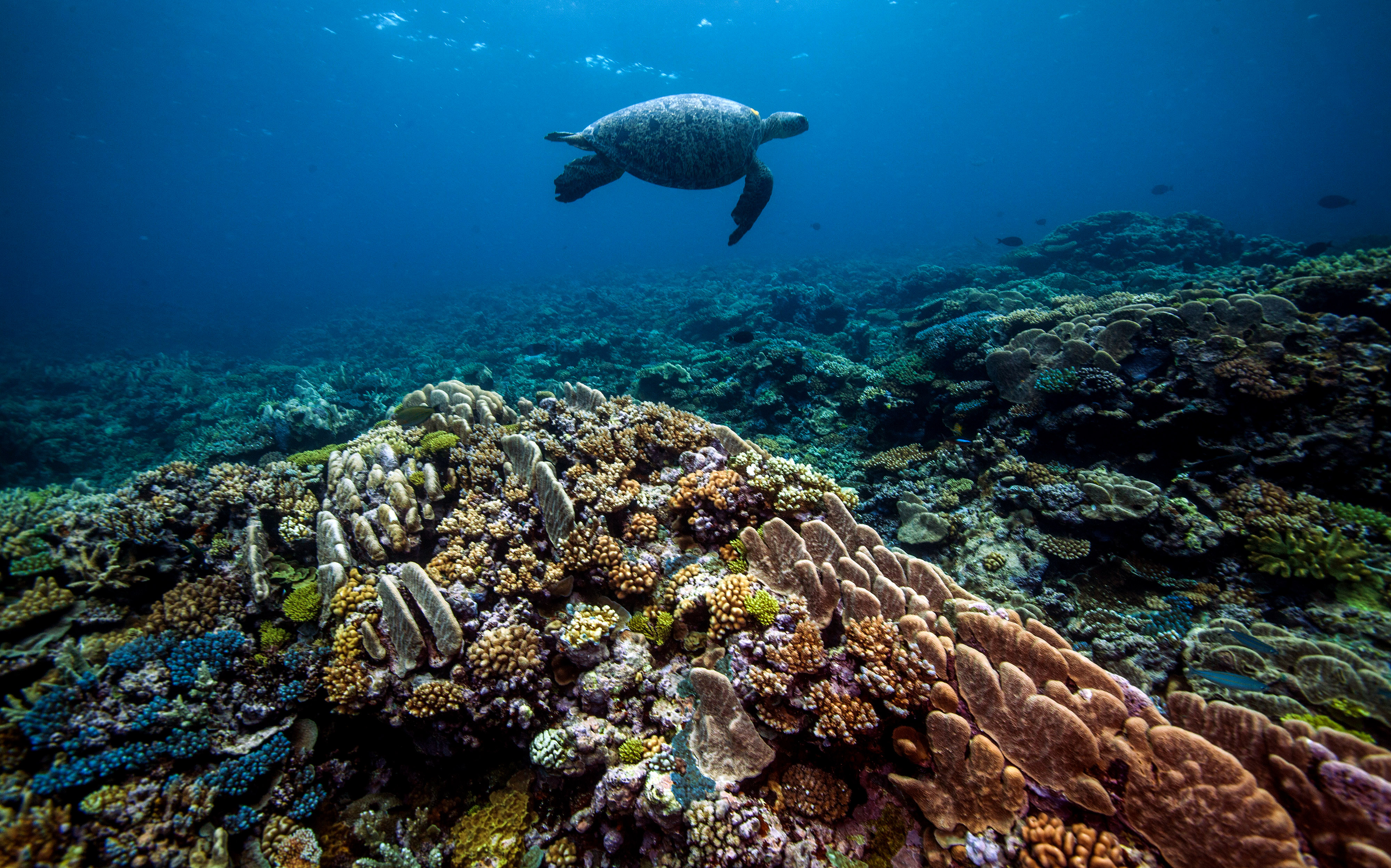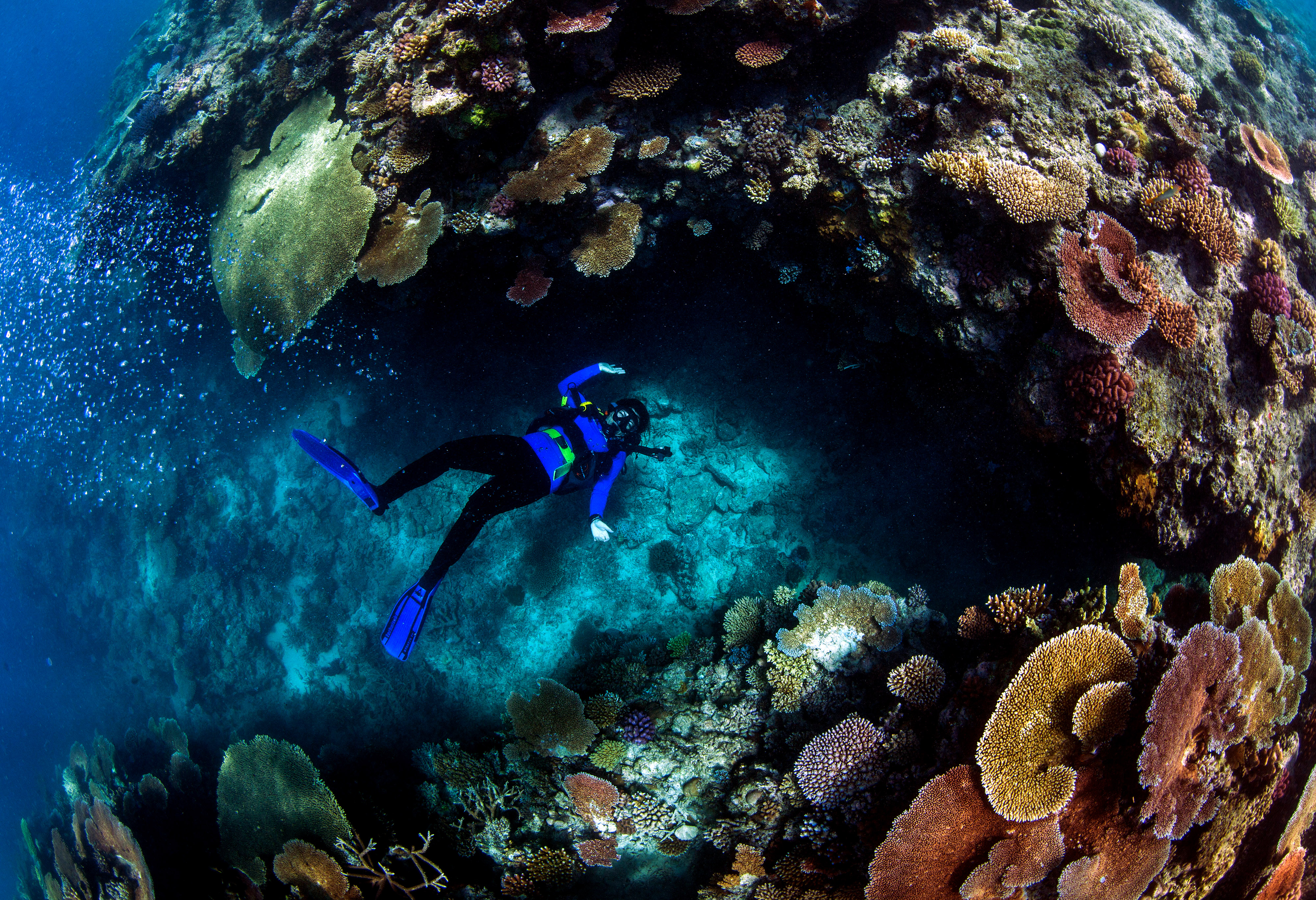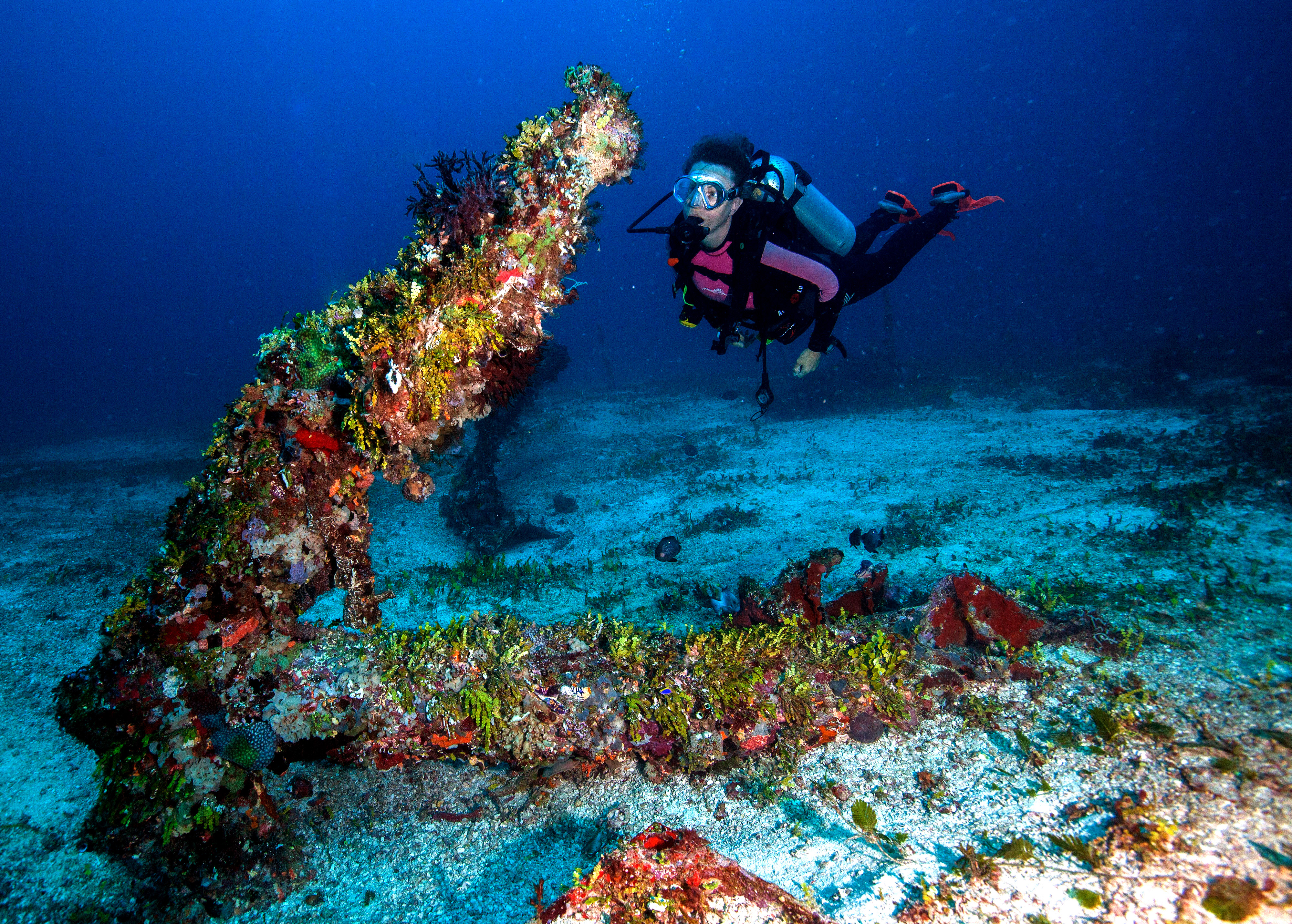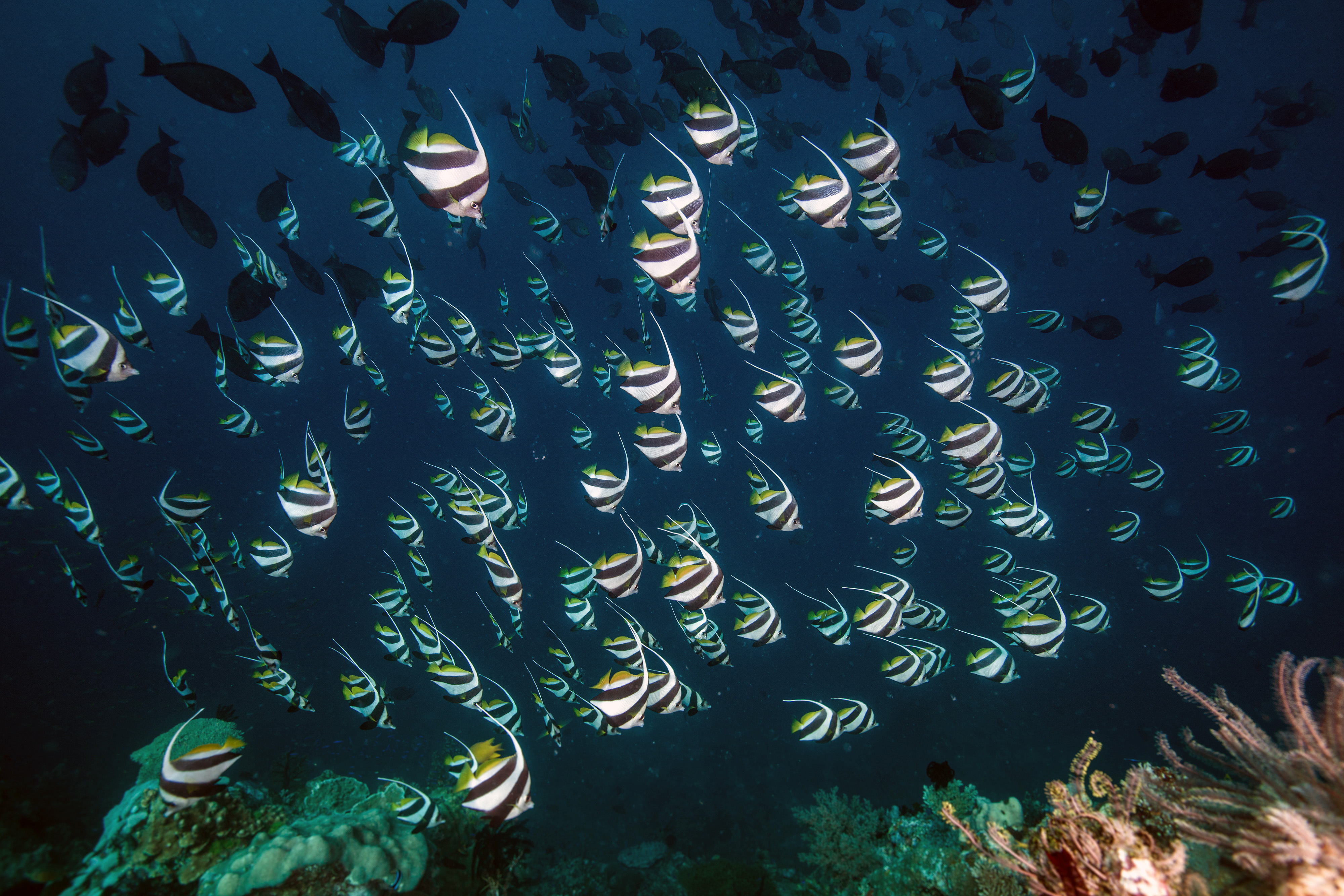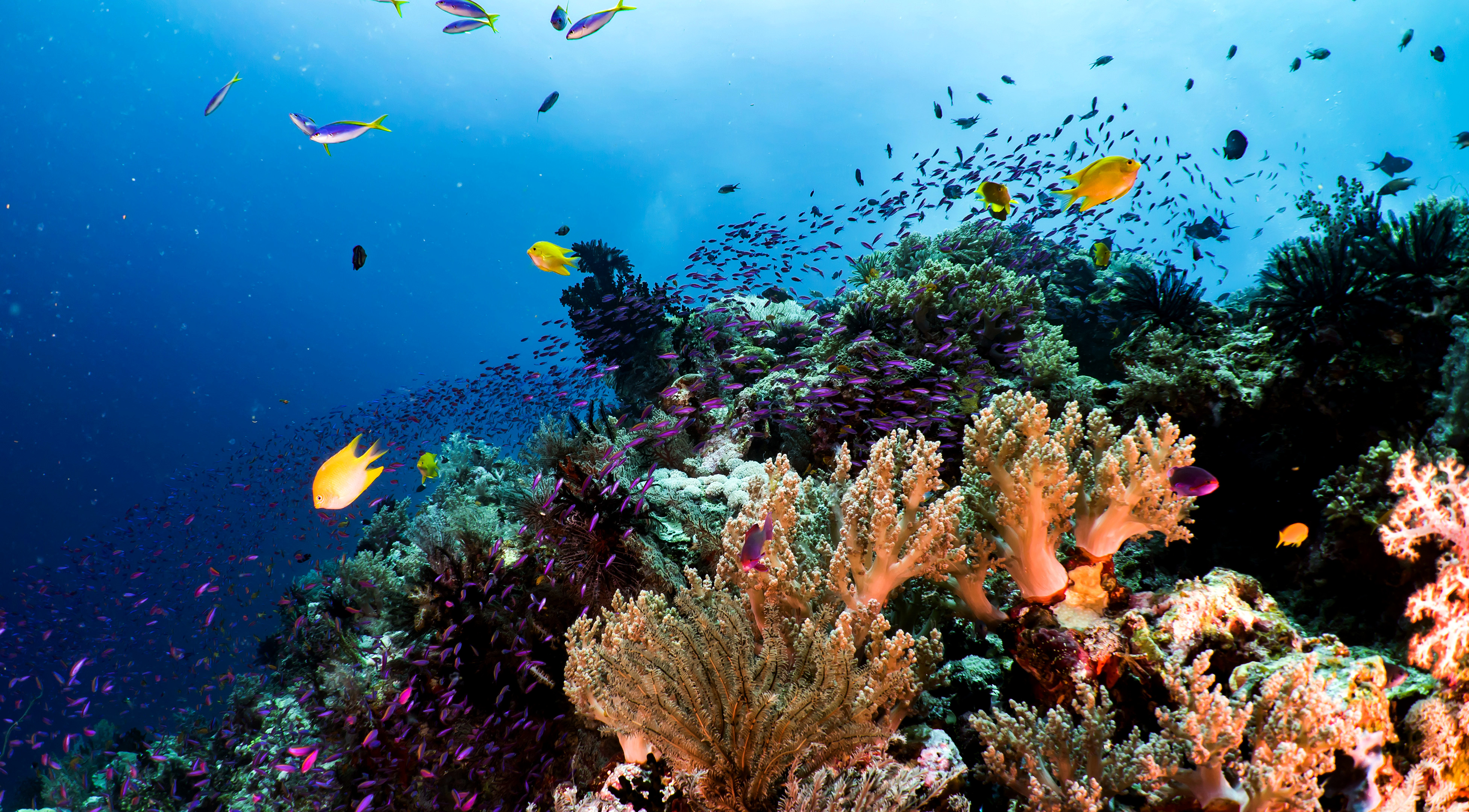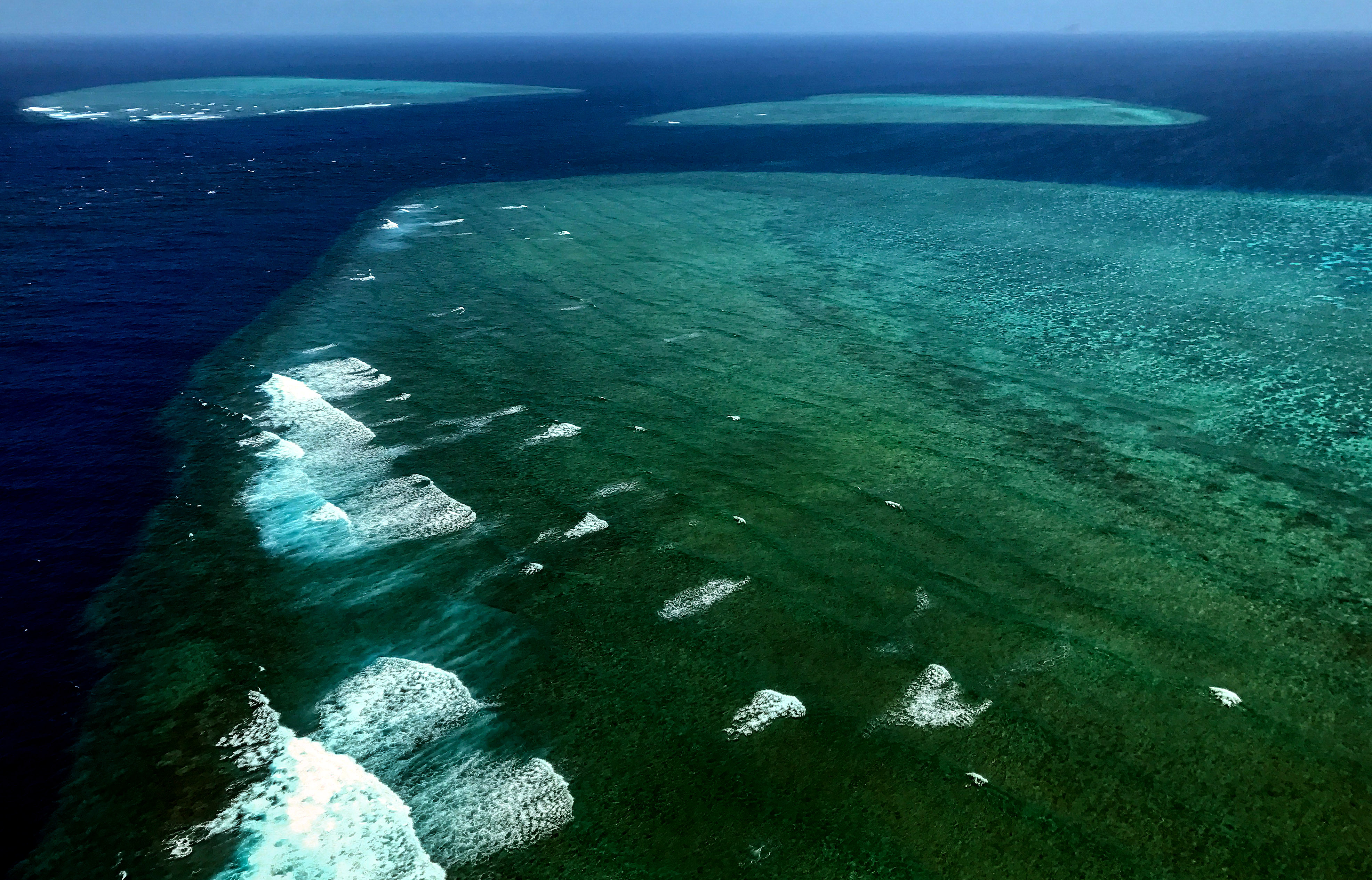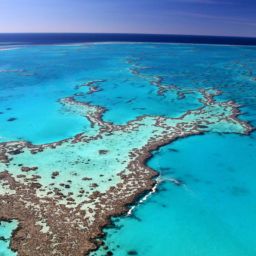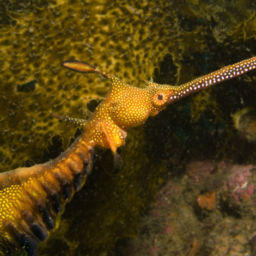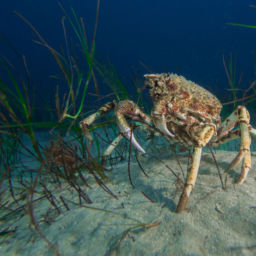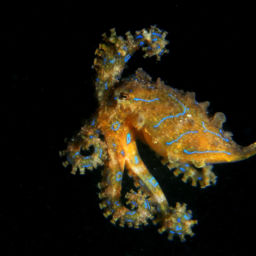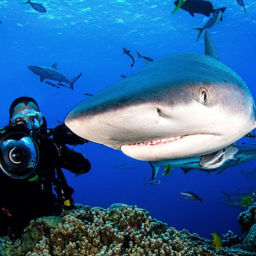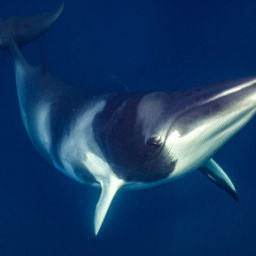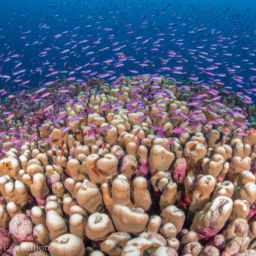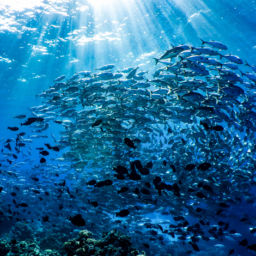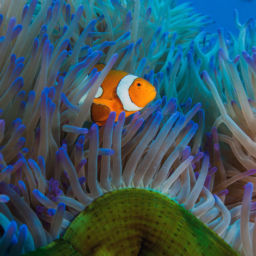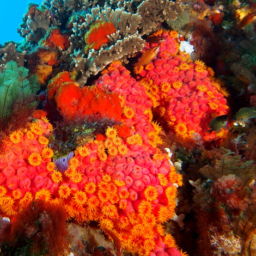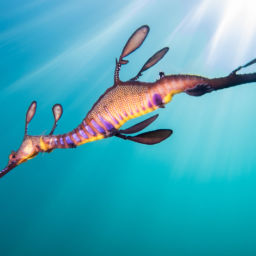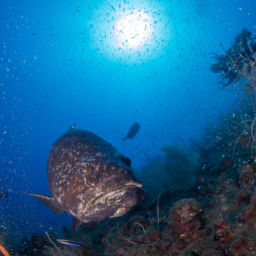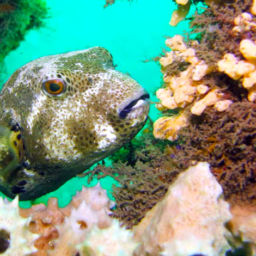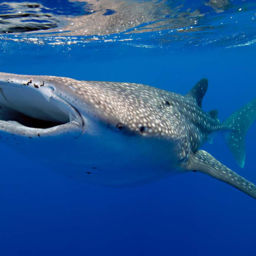A tiny dollop of sand the shape of a raindrop rises out of the water 75 miles (120 km) off the northeastern tip of Australia. It’s only 79 acres (32 hectares) large and covered with a smattering of low vegetation. Raine Island is also one of the biggest green-turtle nesting sites in the world.
Every year, thousands of turtles come ashore here to lay their eggs. Numbers can range from 40,000 in a typical season to 130,000 in a dense nesting season. They come from Papua New Guinea, Indonesia, Vanuatu, New Caledonia and northern Australia. Some have traveled as far as 1,615 miles (2600 km) to rest on this little coral cay.
Raine Island is a protected area inaccessible to the public, but you can dive the surrounding waters. Once or twice a year, Mike Ball Dive Expeditions runs a 7-night liveaboard to this special place. This makes for an incredible journey to a rarely visited part of the far northern Great Barrier Reef.
The expedition begins in Cairns with a spectacular 155-mile (250 km) low-level scenic flight over the reef to Lizard Island. Here, passengers board Spoilsport, a twin-hull catamaran custom-built for diving. From there, it’s a 310-mile (500 km) round-trip journey. Guests will dive at pristine sites such as Tijou and Cat Reefs, Small and Great Detached Reefs. Brightly colored soft corals and fans hang on undersea cliffs, while barracuda, mackerel, tuna and sharks patrol the walls. The incredible TMO dive site offers a maze of bommies, creating interesting swim-throughs teeming with fish.
But it’s the turtles of Raine Island that people come for. On the last expedition, divers saw up to 100 turtles on any one dive. And they’re big here too, measuring up to 5 feet (1.5 m) long. This abundance attracts tiger sharks who cruise in wait for exhausted turtles to swim back out to sea after laying their eggs.
But Raine Island is not just about turtles. The extent and diversity of coral in the area is a major attraction, with guest Aimee Dorfman from the United States saying it was, “the healthiest I’ve seen in 25 years of diving.” Vast banks of it spread for several miles in shades of yellow, pink, purple, green and blue, making it truly one of the most amazing coral dives on the planet.
One final bonus on the expedition is diving the Pandora wreck. This Royal Navy ship sank in 1791 in 108 feet (33 m) of water with the loss of 34 crew and mutineers from HMS Bounty. Much of the wooden structure has disintegrated, however, the anchor and stove are the highlights of this historically important site.
Mike Ball Dive Expeditions operates the Turtle Spectacular Expedition during November (nesting season), offering a unique opportunity to explore a rarely visited region.



